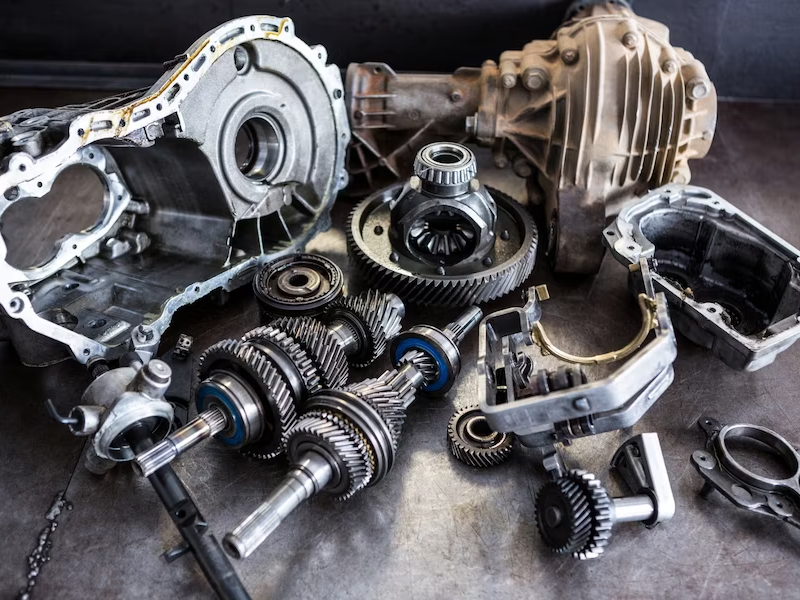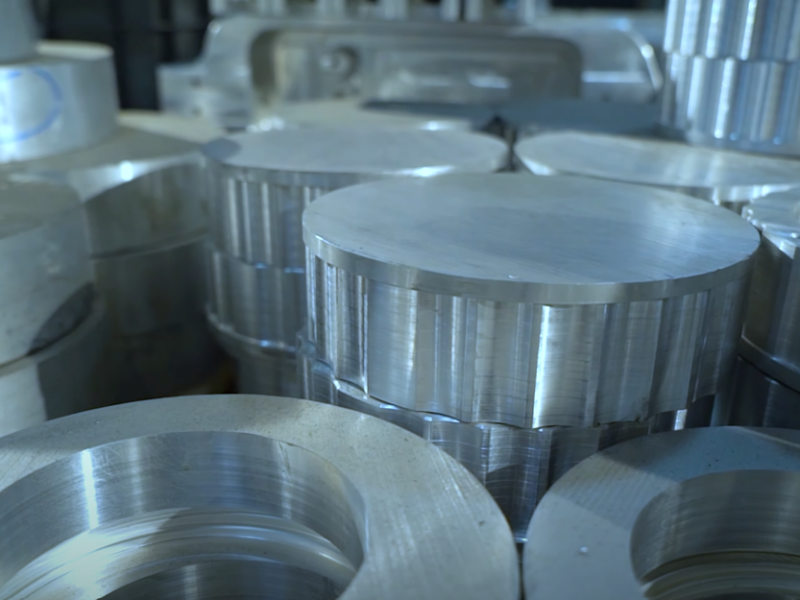Over the years, the landscape of manufacturing and industrial processes has witnessed remarkable advancements, marked by the advent of mass production, heightened efficiency, and the widespread adoption of high-speed machines. This ever-progressing industrial panorama necessitated the seamless integration of ingenious mechanical devices, such as conveyor systems, to tackle the challenges posed by the movement of large and heavy industrial and agricultural materials with unparalleled ease.
With the steady evolution of manufacturing methodologies, the demand for conveyor systems became apparent, revolutionizing the way materials are handled and transported in various industries. These systems emerged as indispensable allies, streamlining production processes and reducing the manual burden on workers.
By enabling the swift and efficient transfer of goods from one point to another, conveyor systems have played a transformative role in shaping the modern industrial landscape. The amalgamation of mass production principles with the exceptional capabilities of conveyor systems has ushered in an era of unparalleled productivity and efficiency, setting new benchmarks for manufacturing and distribution processes worldwide.
The Foundation of a Conveyor System
Whether motor powered or manual, a conveyor system consists of pulleys, idlers, rollers, wheels, and belts. A frame supports the belt, facilitating the movement of objects from one location to another, with the head pulley usually acting as the drive pulley. Conveyor belts are typically made of PVC or rubber due to their ability to handle bulk materials, large volumes of resources, manufactured items, and agricultural materials. To provide shape and linear strength, the belts are commonly composed of several plies.
Conveyor Systems’ Advantages:
Conveyor systems have gained widespread usage due to their ability to enhance productivity beyond human labor. Their benefits in industrial processes are numerous:
- Time-saving inclination: Conveyor systems enable efficient movement of items between different elevations, saving valuable time.
- Continuous loading and unloading: These systems can handle large volumes over extended periods, offering unlimited opportunities for material transportation.
- Height advantage with automation: Automation removes height limitations and reduces the need for constant monitoring during unloading.
- Controlled material speed: Conveyors can move materials in both directions while controlling their speed to prevent breakages.
Potential Issues in Conveyor Systems
During the transportation of materials, several problems may arise:
- Mistracking: This occurs when the belt drifts to one side, leading to uneven belt wear, product damage, unexpected downtime, and troubleshooting challenges.
- Seized rollers: Metallic components seizing up can create sharp edges, causing belt mistracking and posing safety risks and material damage.
- Belt spillage: Improper tension can result in excessive stretching and conveyance spillage, affecting system efficiency.
- Blockages: Any blockage in the system can significantly disrupt operations, resulting in hours of lost production.
The Significance of Conveyor Systems Training
To ensure the efficient and safe operation of conveyor systems, training, and seminars play a crucial role. Professionals attending these sessions gain comprehensive knowledge about individual components and the system as a whole. They also learn troubleshooting techniques and regular maintenance practices, honing their skills to become adept problem solvers.
- With this invaluable knowledge and experience at their disposal, workers are equipped to promptly address any issues that may arise during the operation of conveyor systems. By identifying and rectifying potential problems early on, they can prevent minor concerns from escalating into major malfunctions, thus minimizing the risk of accidents and injuries during maintenance and repairs.
- Moreover, a well-trained workforce fosters a culture of safety and efficiency within the industrial environment. When employees understand the intricacies of the conveyor system, they become more proactive in spotting irregularities and adhering to best practices, promoting a smoother workflow and reducing downtime.
In essence, investing in training and seminars for conveyor systems not only enhances operational proficiency but also enhances the overall safety and productivity of the workplace. This knowledge-driven approach ensures that conveyor systems continue to be indispensable assets, propelling manufacturing and distribution processes to new heights in the ever-evolving world of industry.
Conclusion
The evolution of manufacturing and industrial processes has brought about significant advancements, with conveyor systems playing a pivotal role in facilitating the movement of materials with remarkable efficiency. Mass production, high-speed machines, and the need to handle substantial volumes of goods have made conveyor systems indispensable in modern industries.
- With the foundation of conveyor systems relying on pulleys, belts, and rollers, they offer a multitude of benefits, surpassing human labor in terms of time-saving and continuous material handling. The advantages of automation further enhance their capabilities, allowing seamless movement at various elevations without height limitations.
- However, like any complex machinery, conveyor systems are not immune to problems. Mistracking, seized rollers, belt spillage, and blockages can hinder operations and lead to costly downtime. It is essential to address these issues promptly through training and proper maintenance to ensure smooth and safe functioning.
- Conveyor systems training and seminars empower professionals to understand the intricacies of the system, troubleshoot problems, and carry out regular maintenance effectively. Armed with this knowledge, workers can respond efficiently to any defects, mitigating risks of accidents and injuries during maintenance and repairs.
In conclusion, the continuous development of conveyor systems and their proper management have become critical aspects of modern industrial processes. By embracing these technologies and investing in training, industries can optimize their efficiency, productivity, and safety, paving the way for even greater advancements in manufacturing and distribution in the years to come.



